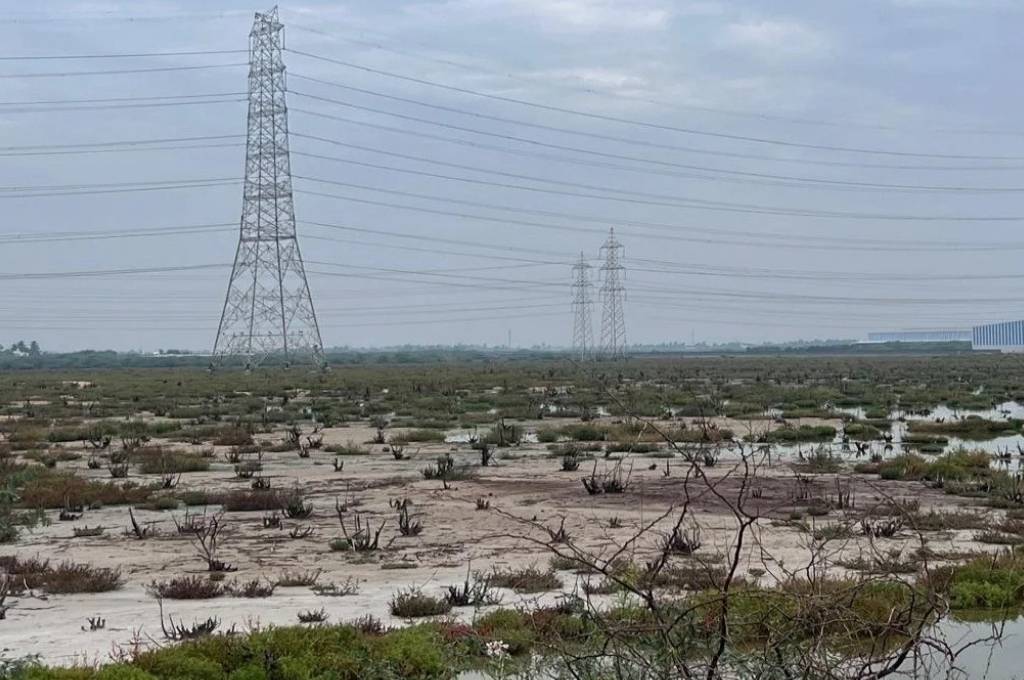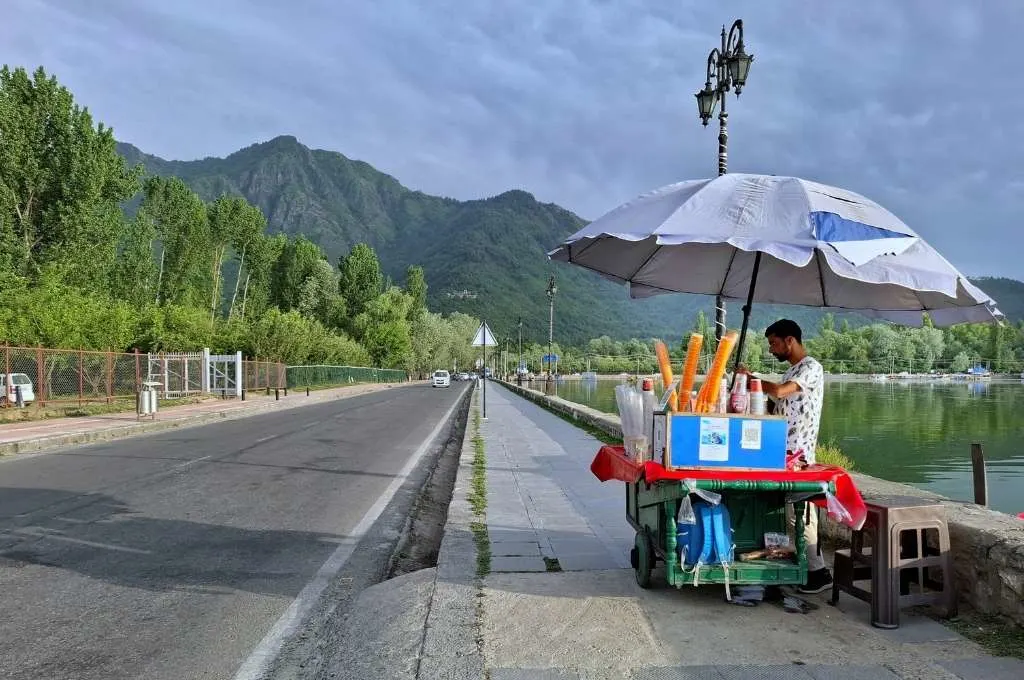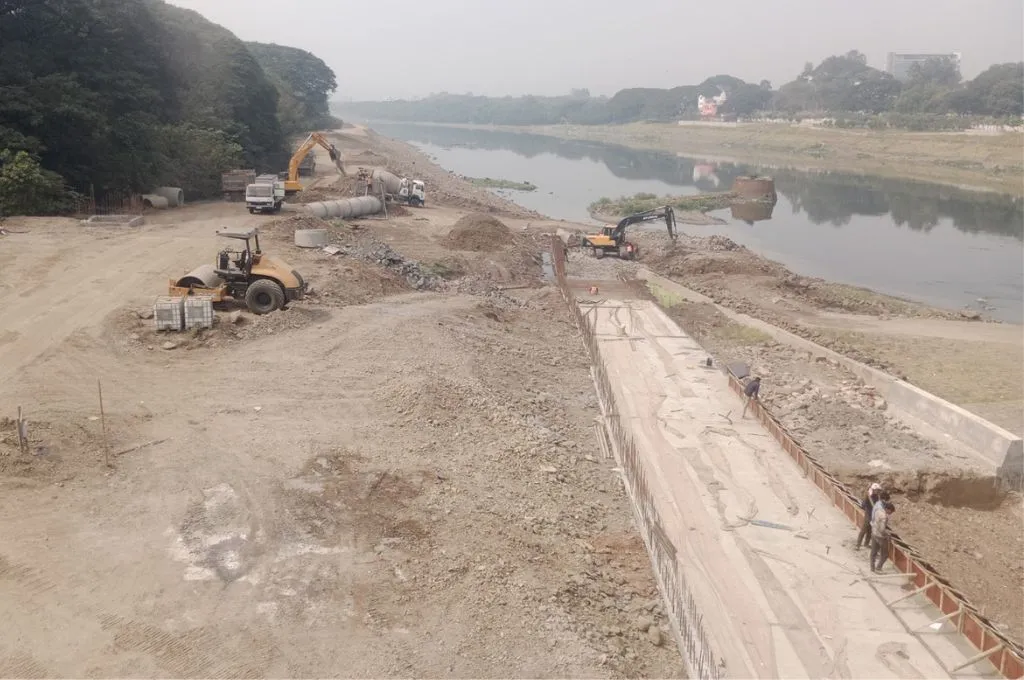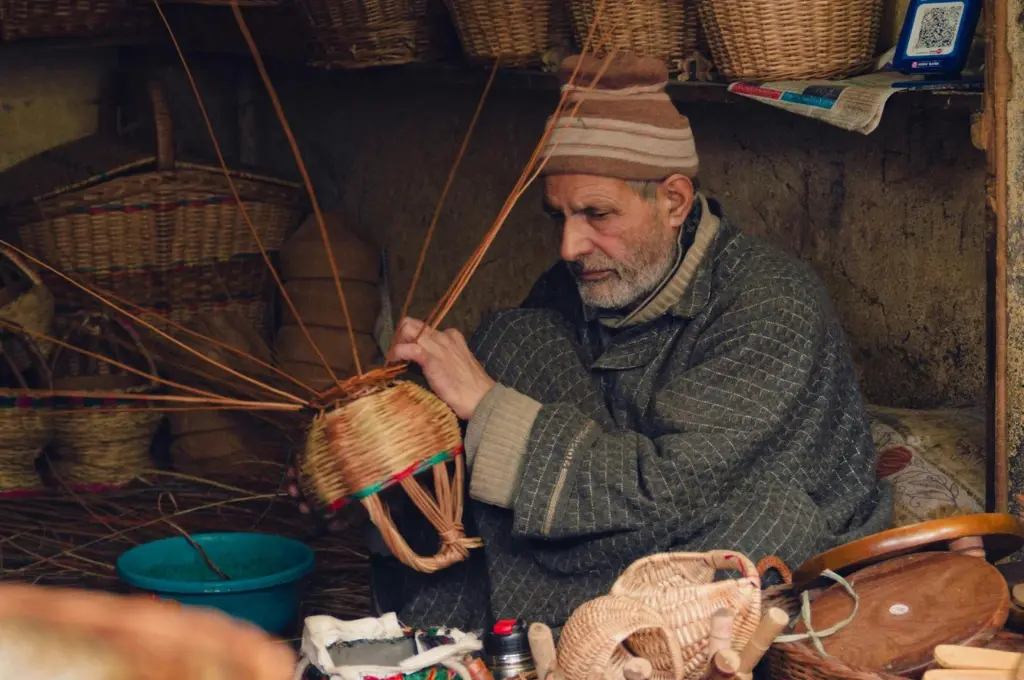READ THIS ARTICLE IN
“This is what our caste does”: Reflections from midwives in rural Bihar
“Whom will I teach? They all tell me, ‘Who will do this hellish work? It is dirty and I feel disgusted,’” Moohiya Devi explains to me as I sit outside her family’s small kaccha house with a thatched roof. “They can’t tolerate the blood and the mess.” She’s a 60-something-year-old woman, a native of Sarari village in Jamui, Bihar. Belonging to the Manjhi community (a scheduled caste), Moohiya Devi has been a dai for what she estimates is the last 50 years.
A dai or a traditional birth attendant (TBA) is a person, usually a woman, who provides delivery, postnatal, and newborn care within her community. “This is what our caste does,” says Puja Devi. “It is in my family.” Puja, who is in her late twenties, is also from the Manjhi community and lives in Hasdih, another village in Jamui. She herself has seen three generations of family elders working as dais.
They may be called dais in Bihar, but TBAs exist all around India and have, for centuries, been a crucial community resource. Across time and place, this has largely been a caste-based occupation. Dais have to work closely with women’s bodies, disposing of waste and cleaning bodily fluids dispelled during delivery—work that is seen as ‘polluting’ and therefore considered the responsibility of Dalits, according to the caste system.
While the dais I spoke with were vocal in recognising traditional wisdom that allows them to help people in their communities (“bhalai ka kaam”), they were also not hesitant to point out the work’s association with waste.
“Doing home births is very dirty work,” said Laljitya Devi, a resident of the Manjhi tola (hamlet) in Masaudi, Jamui, and a dai with more than 40 years of experience. “All the responsibility for cleanliness is on me. I face a lot of difficulty during it and afterwards. I lose my appetite; I don’t feel good,” she adds.
Unlike others, Moohiya Devi does not believe that birthing is polluting work. “If I thought this work was ashleel (indecent), then how would I have done it?” she says. But she does not deny that it can be repulsive. “I’ll ask for a swig of alcohol from the household’s men if they can provide it. It helps keep me awake, fight the cold, and be in the right headspace. If one doesn’t drink, they will be disgusted,” she says.
“Work for us can mean only this or daily wage labour,” said Moohiya Devi. Working as a dai is a source of income, currently ranging between INR 500 and INR 2,000 per delivery or for a massage. This is sometimes given with saris, a few kilos of rice and/or dal. But its ad hoc nature is equally challenging. She says, “If there are deliveries, I earn. If there aren’t, I don’t. In the meantime, I just sit here.”
India Fellow is a content partner for #groundupstories on IDR. A longer version of this story first appeared on Youth Ki Awaaz.
Know more: Read about a day in the life of a Dalit labour rights activist.
Do more: Connect with the author at devashreesomani@gmail.com to learn more about and support her work.



